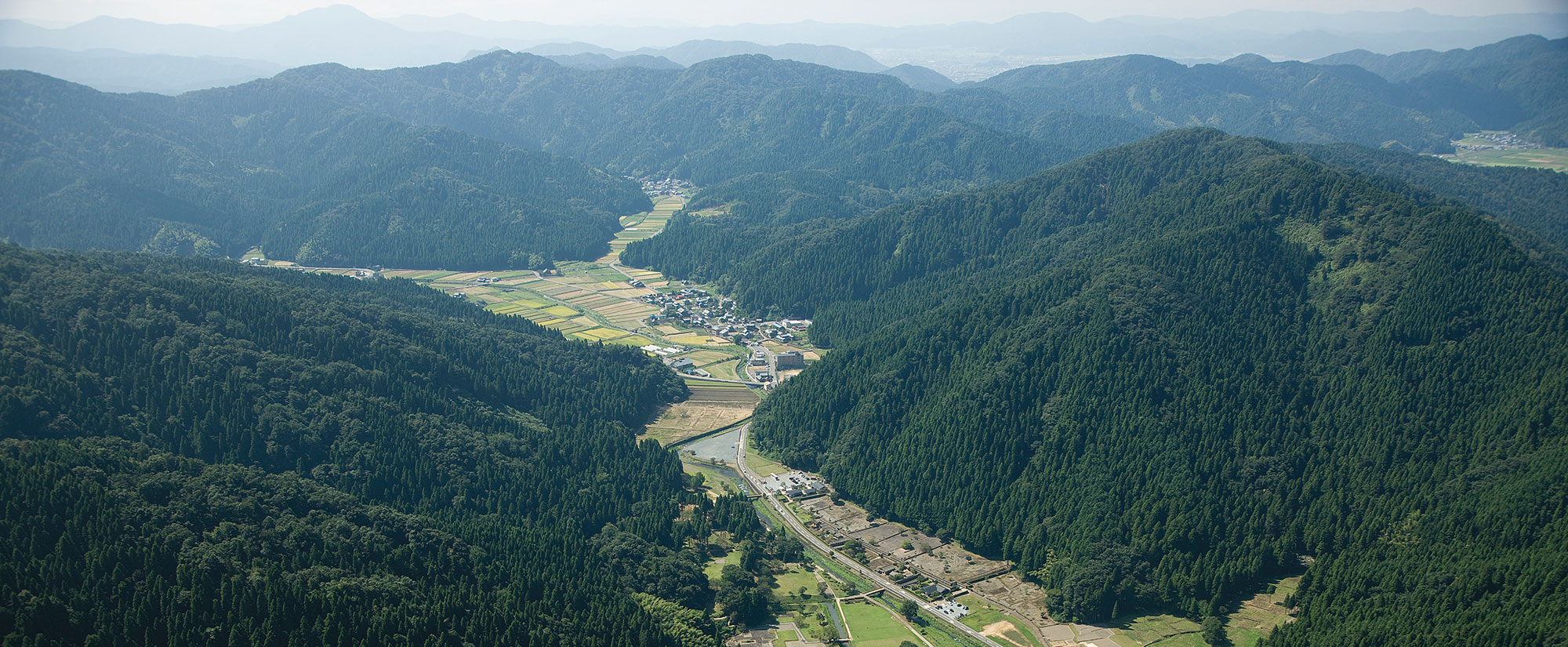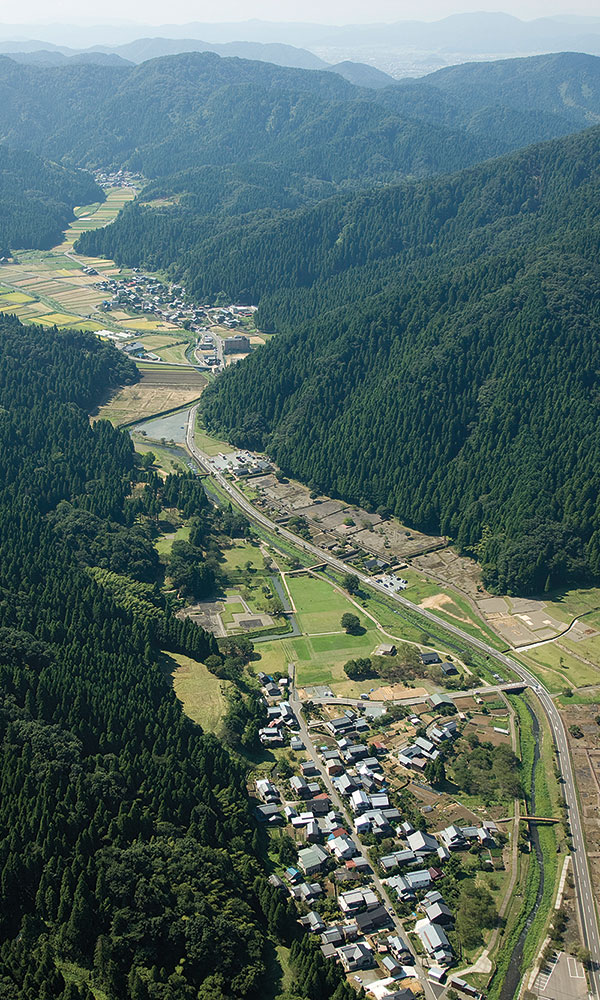PEARL RIVER DELTA, CHINA—Thousands of years ago, the Pearl River Delta in southeastern China was covered by thick forests of Glyptostrobus pensilis, or Chinese swamp cypress, that spread across hundreds of square miles. Today, however, all that remains of these ancient trees are stumps, many of them burned, buried in layers of peat, and covered with agricultural fields. Ars Technica reports that Chinese researchers have directly linked the collapse of the thriving ecosystem to a single event—the invasion of the Han Empire. Radiocarbon dating and palynological records indicated that the forest disappeared around 2,100 years ago. This coincides with historical accounts, which record that in 111 b.c., the Han emperor sent an army of between 100,000 and 200,000 soldiers to attack the Nanyue Realm and its capital city of Panyu in the Pearl River Delta. After Han soldiers set the city aflame, the conflagration raged out of control and eventually swept through the surrounding cypress forest, burning the trees down to the waterline. The forest would never recover. Pollen and sediment analysis suggested that after the invasion there was a large population increase and the locals introduced cereals and other grasses as crops, which replaced the former forest forever. Read the original scholarly article about this research in Science Advances. To read about a map of a Han fiefdom that was placed in a general's tomb, go to "Mapping the Past: Han Dynasty Map."
Battle Irrevocably Destroyed Ancient Chinese Cypress Forest
News May 2, 2025
Recommended Articles
Top 10 Discoveries of 2025 January/February 2026
Oldest Mummified People
Southern China and Southeast Asia
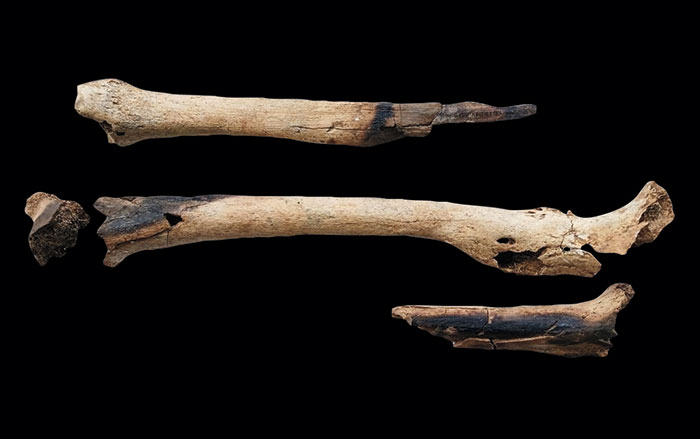
Digs & Discoveries November/December 2025
Ancient Look Book
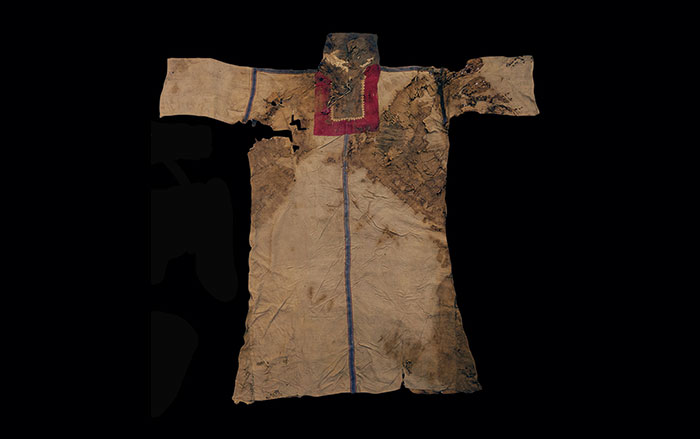
Digs & Discoveries September/October 2025
A Chinese Frontier Fort
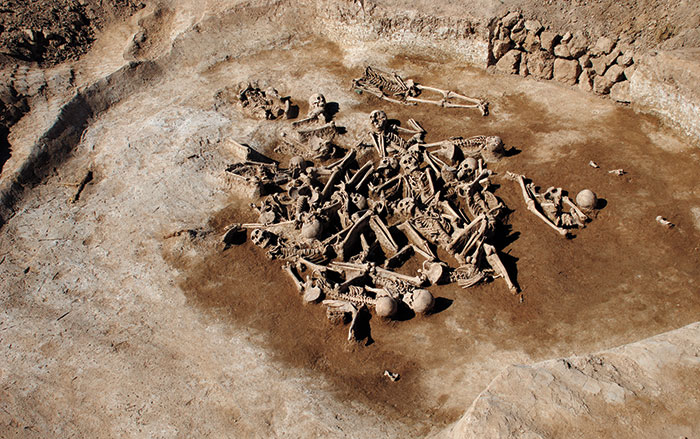
Features September/October 2025
Myth of the Golden Dragon
Eclectic artifacts from tombs in northeastern China tell the story of a little-known dynasty
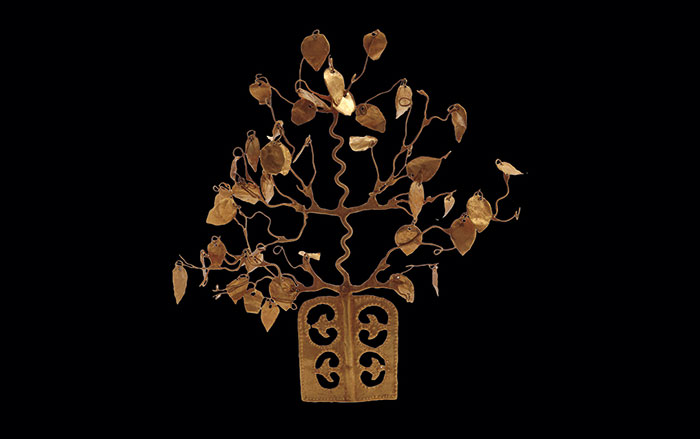
-
Features May/June 2025
A Passion for Fruit
Exploring the surprisingly rich archaeological record of berries, melons…and more
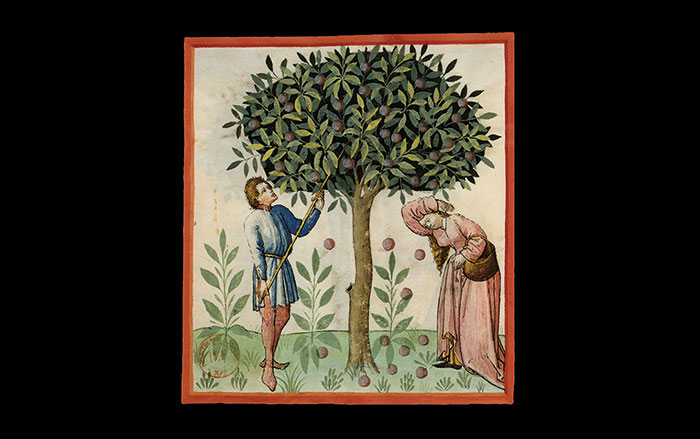 © BnF, Dist. RMN-Grand Palais/Art Resource, NY
© BnF, Dist. RMN-Grand Palais/Art Resource, NY -
Features May/June 2025
Goddess at the Crossroads
Why a city put its trust in a Greek deity feared throughout the Mediterranean world
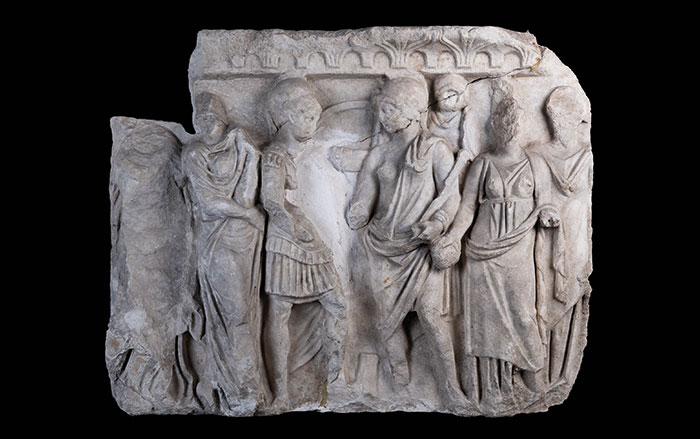 Istanbul Archaeology Museums
Istanbul Archaeology Museums -
Features May/June 2025
Desert Paradise Found
How a tiny, water-rich kingdom came to dominate vital trade routes in the Arabian Gulf 4,000 years ago
 Courtesy BACA/Moesgaard Museum
Courtesy BACA/Moesgaard Museum -
Features May/June 2025
Peru’s Timeless Threads
More than 1,000 years ago, master weavers kept the ancient traditions of the Moche culture alive
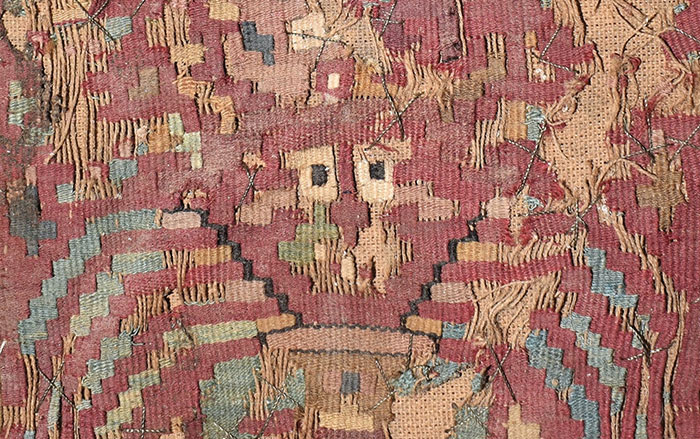 Jeffrey Quilter
Jeffrey Quilter


